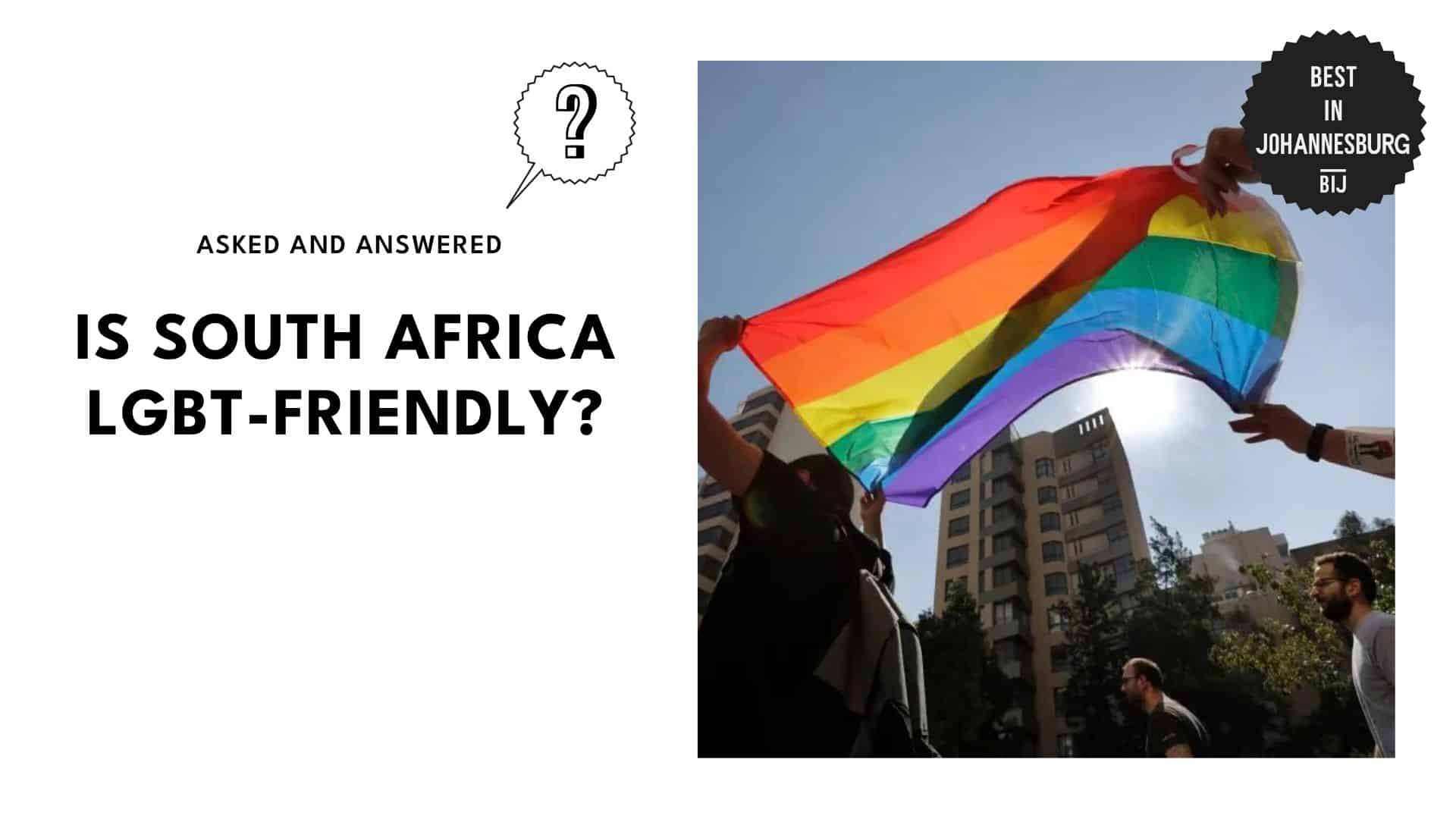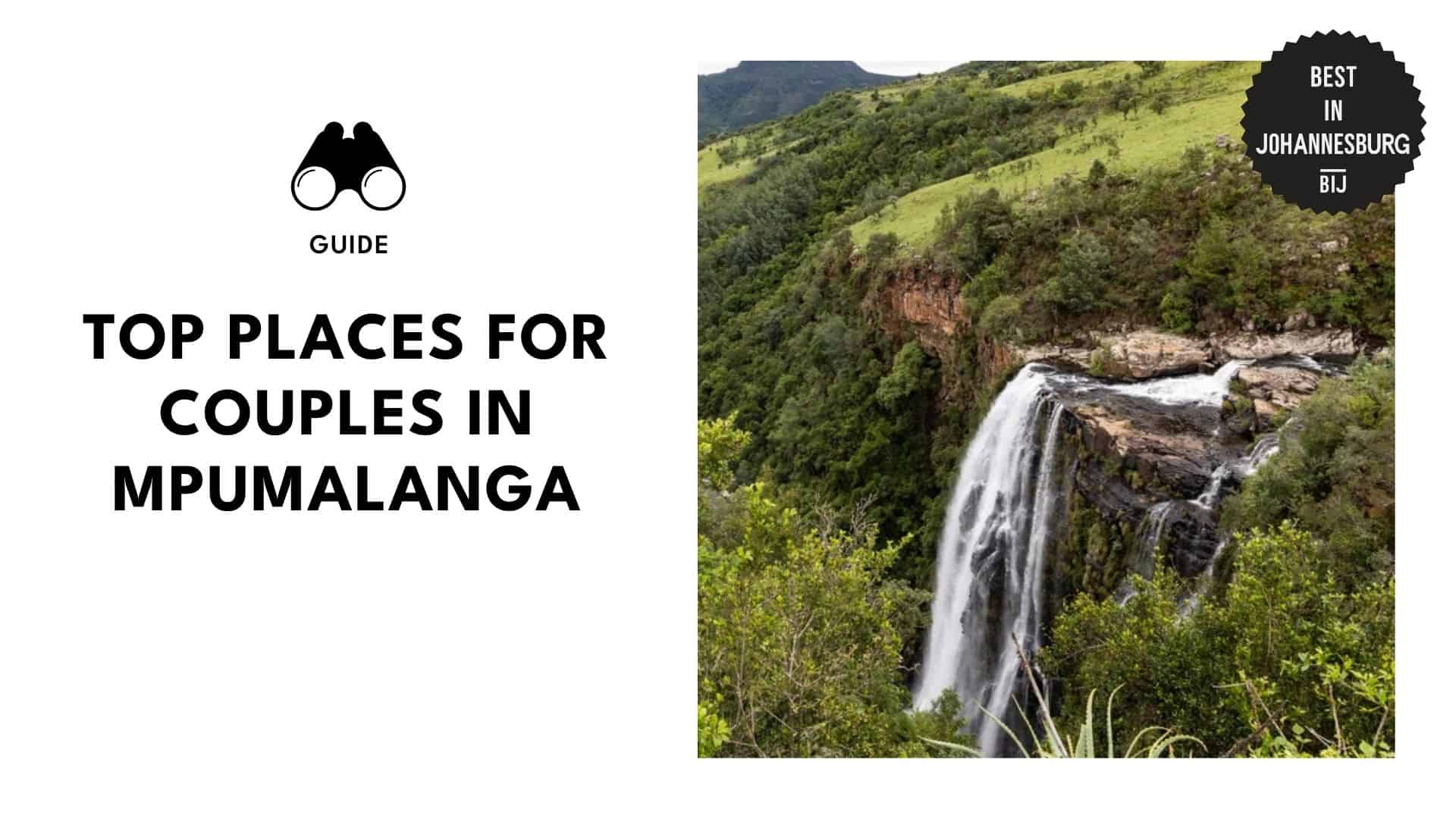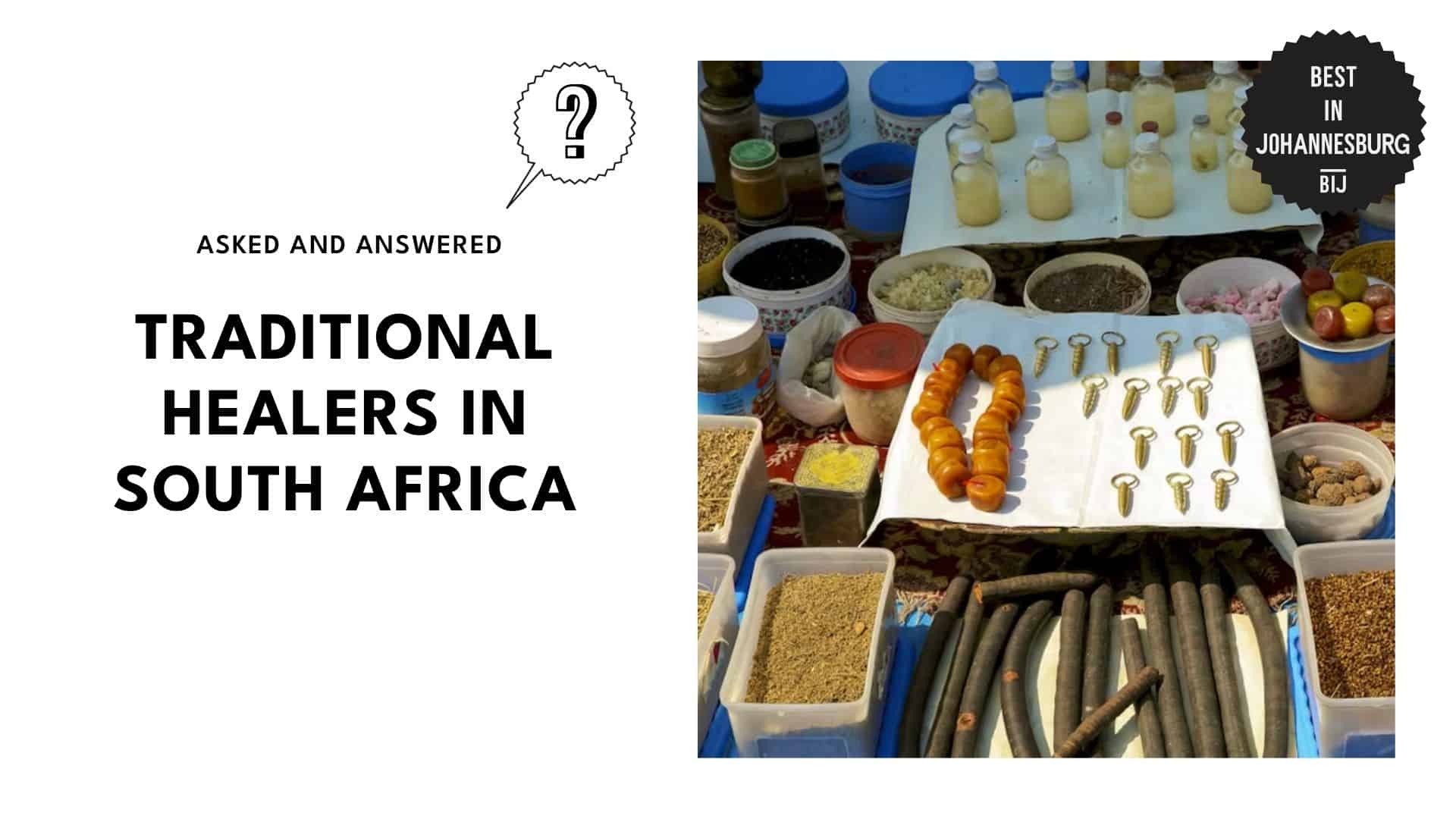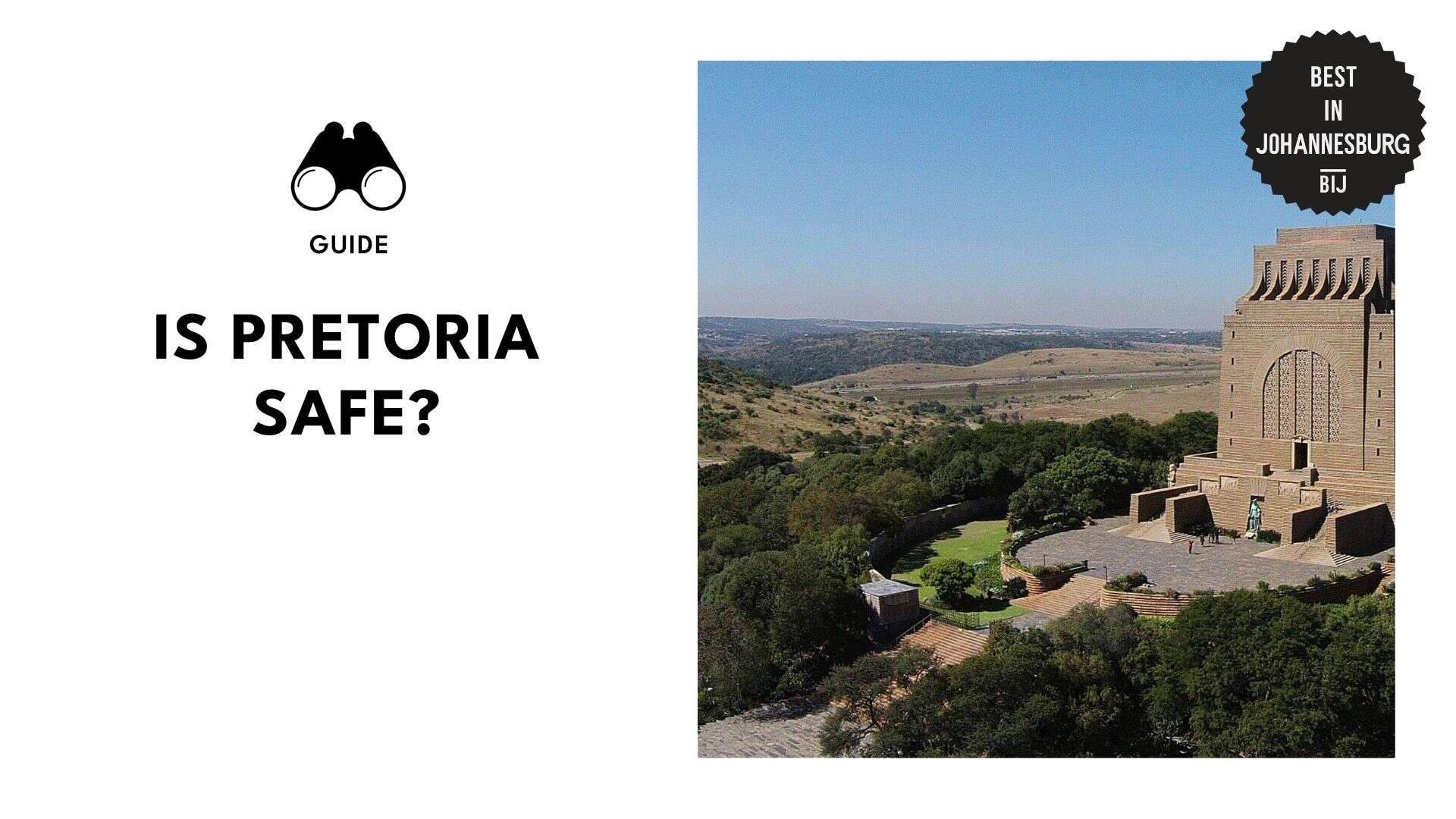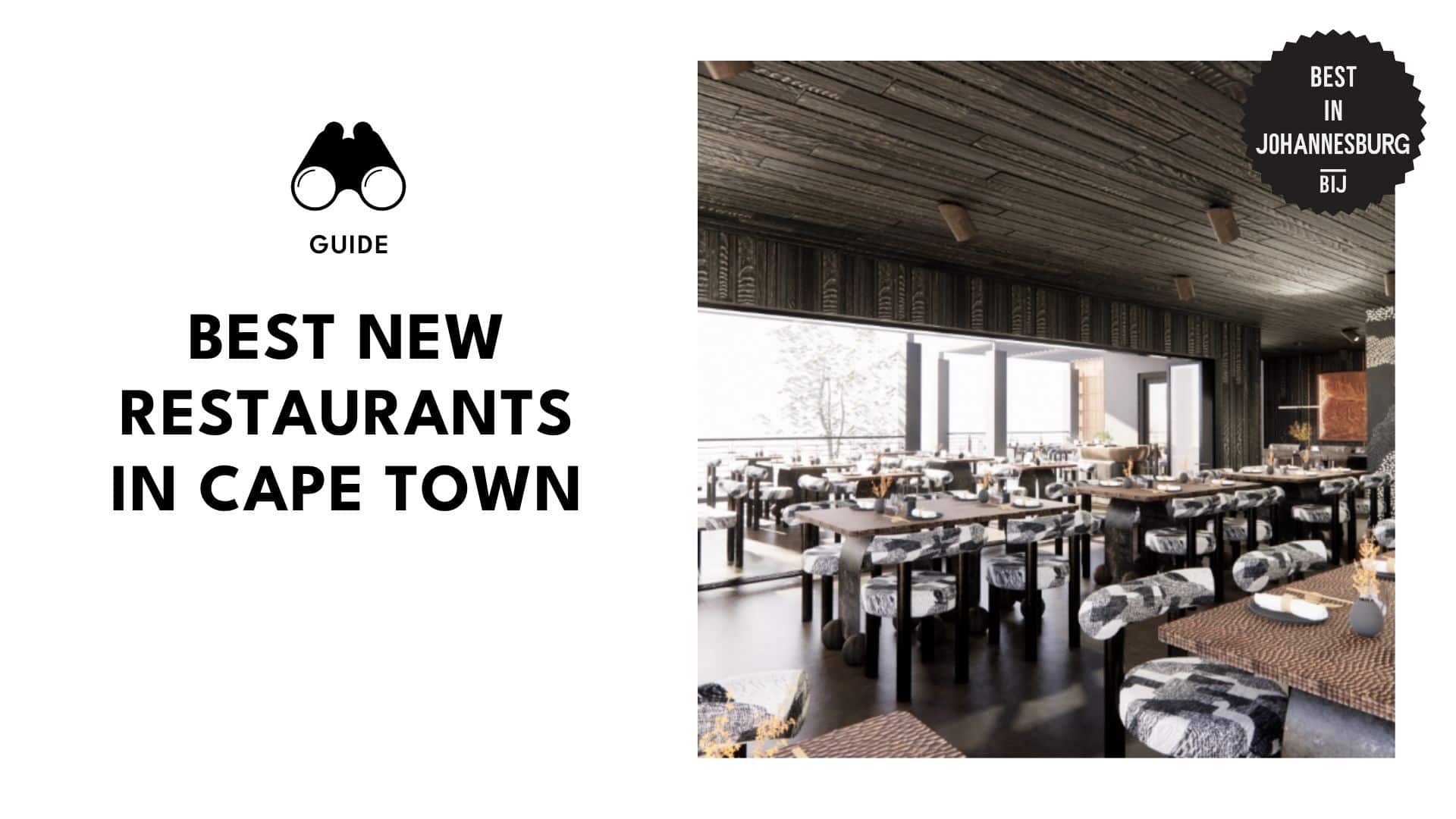Categories > Guides and Tips
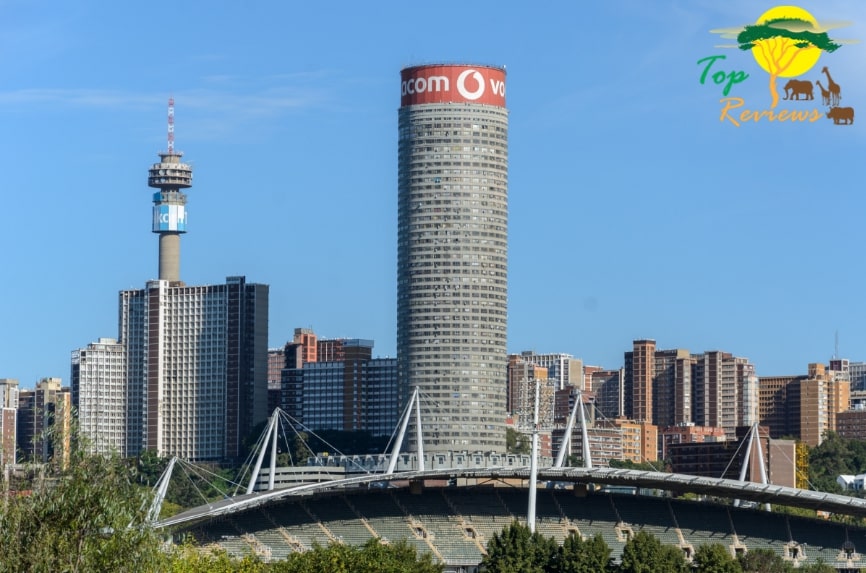
15 Quick Facts About Johannesburg
- 15 Bite-Sized Facts that Make Johannesburg Special
- It’s the largest city in South Africa.
- Johannesburg’s international airport is the biggest and busiest in Africa.
- It’s also known as the city of gold.
- You’ll find the world’s deepest mine in Johannesburg.
- Johannesburg boasts the tallest building in South Africa.
- Joburg is the economic powerhouse of the country.
- Joburg is the home of South Africa’s biggest hospital.
- Johannesburg has been rebuilt four times.
- It’s one of the richest archaeological sites in the world.
- Joburg is the home of Kwaito music.
- The biggest man-made urban forest is found in Joburg.
- Johannesburg is home to massive infrastructure.
- Joburg is one of the youngest cities in the world.
- It holds the largest stadium in Africa.
- Johannesburg is considered the world’s biggest ‘dry port’.
Johannesburg is a unique and powerful first-class city in South Africa. It has a distinctive personality, which is one of the reasons why many are interested to move there.
The city goes by several names, including Jozi and, more popularly, Joburg. It offers beautiful sceneries, neighbourhoods, and rich culture and history.
But Joburg is so much more than these! Here are some interesting facts that set the city apart from the rest.
15 Bite-Sized Facts that Make Johannesburg Special
1. It’s the largest city in South Africa.

Johannesburg covers an area of 1,645 km2. It’s also the second biggest city in the whole continent of Africa, next to Cairo.
It also holds the largest population in the country. In 2019, the population count was recorded at an all-time high of 5,635,127.
2. Johannesburg’s international airport is the biggest and busiest in Africa.

Johannesburg or Tambo International Airport was established in 1952 and is formerly known as Jan Smuts Airport. It serves as the primary airport for all domestic and international flights to and from the country.
It’s also one of the few airports worldwide that offer direct flights in all six continents, and also serves as a gateway to many sub-Saharan countries.
The number of people who pass through this airport is estimated to be an impressive 28 million.
3. It’s also known as the city of gold.

This came from the city’s Zulu name eGoli, which translates to “city of gold”.
Johannesburg was actually founded following the discovery of gold in its land in 1886. This brought on a rich history of gold mining in the 19th century.
In fact, gold is the cornerstone of the city’s rapid growth.
4. You’ll find the world’s deepest mine in Johannesburg.

Aside from being the most extensive mine supply in the continent, the Mponeng gold mine is also the world’s deepest mine with a mining shaft depth of 2,800m-3,400m below the surface.
The trip to get to the bottom of the mine takes about an hour.
5. Johannesburg boasts the tallest building in South Africa.

The Hillbrow Tower is considered the tallest structure in South Africa, standing 269 metres high. Next to it is The Leonardo in Sandton, which is 234 metres high.
The Hillbrow Tower used to have a revolving restaurant at the top, but it was closed in 1981 primarily due to safety reasons.
6. Joburg is the economic powerhouse of the country.

Johannesburg is an economic hub which employs 12 percent of the national workforce. The economy boomed in 2008 and currently, Johannesburg generates 16 percent of South Africa’s total gross domestic product (GDP).
The Johannesburg Securities Exchange (JSE) is the only stock exchange in the country and is included in the top 20 world exchanges in terms of market capitalisation.
There are several business central districts in the city including Sandton, Rosebank and Roodepoort, which homes the headquarters of many international corporations.
7. Joburg is the home of South Africa’s biggest hospital.

The Chris Hani-Baragwanath Hospital is the biggest in Africa and ranks third largest in the world. It has around 429 buildings that occupy 170 acres and houses 3,400 beds.
The hospital is staffed with almost 7,000 doctors and personnel and has a capacity of about 3.5 million people.
It’s also a teaching hospital for the University of the Witwatersrand Medical School.
8. Johannesburg has been rebuilt four times.

The city has been rebuilt four times in a span of just one century.
Johannesburg started out as a tented camp, then it was transformed into a tin shanty town. Then, the city was overcome by four-storey Edwardian brick buildings, and finally became a modern-day city with towering skyscrapers.
These transformations were brought about by a rapid increase in population count, economic growth, and changes in political climates. As Joburg is now focused on commerce and entrepreneurship, the city has evolved to accommodate businesses.
9. It’s one of the richest archaeological sites in the world.

The Cradle of Humankind is located in Johannesburg. It contains the largest concentration of human ancestral remains in the whole world, estimated to be around 40%.
In 1999, the site was declared a World Heritage Site by UNESCO.
10. Joburg is the home of Kwaito music.

Kwaito, a catchy genre of music that became a phenomenon in the 90s, originated in Johannesburg. The music became popular as it embodies post-apartheid township culture.
Johannesburg continues to put great value into rich culture and history, as well as art, theatre, and music.
11. The biggest man-made urban forest is found in Joburg.

There are over 10 million trees in Johannesburg. Since the land is originally a grassland, most of these trees weren’t there to begin with.
The trees were planted to combat the greenhouse effect brought by mining – and even now, more trees are being planted yearly. Another benefit brought about by this urban forest is the decrease in noise levels in the city.
12. Johannesburg is home to massive infrastructure.

Johannesburg is rated as a first-class city with infrastructures that match those of first-world cities.
More than 8000 km of sewage and water pipes are laid out in the city. The streets are furnished with more than 180,000 streetlights and 1700 traffic lights.
On top of that, there are over 100 water towers and reservoirs in Joburg. Public facilities such as community health clinics, cemeteries, swimming pools, and other recreational spaces are also prevalent in the city.
13. Joburg is one of the youngest cities in the world.

The city was founded in 1886 during the gold rush and is currently 136 years old, making it one of the youngest major cities in the world.
14. It holds the largest stadium in Africa.

The FNB Stadium has 195 executive suites and a capacity of 94,736 people. It’s the largest stadium in the whole continent with a field size of 105 x 68 m.
It was built in 1989 and renovated in 2009, in preparation for the 2010 FIFA Cup. The stadium has also hosted many major sports events as well as concerts for worldwide artists like Guns N’ Roses, Foo Fighters, Rihanna, and many more.
15. Johannesburg is considered the world’s biggest ‘dry port’.

Joburg is the largest city not built on a coastline, lake or river, earning one of its nicknames, “dry port”.
City Deep is one of the largest container terminals in South Africa, which was developed 1977 by South African Railways. It was designed to accommodate 50% of the city’s cargo from Durban and Cape Town ports.
